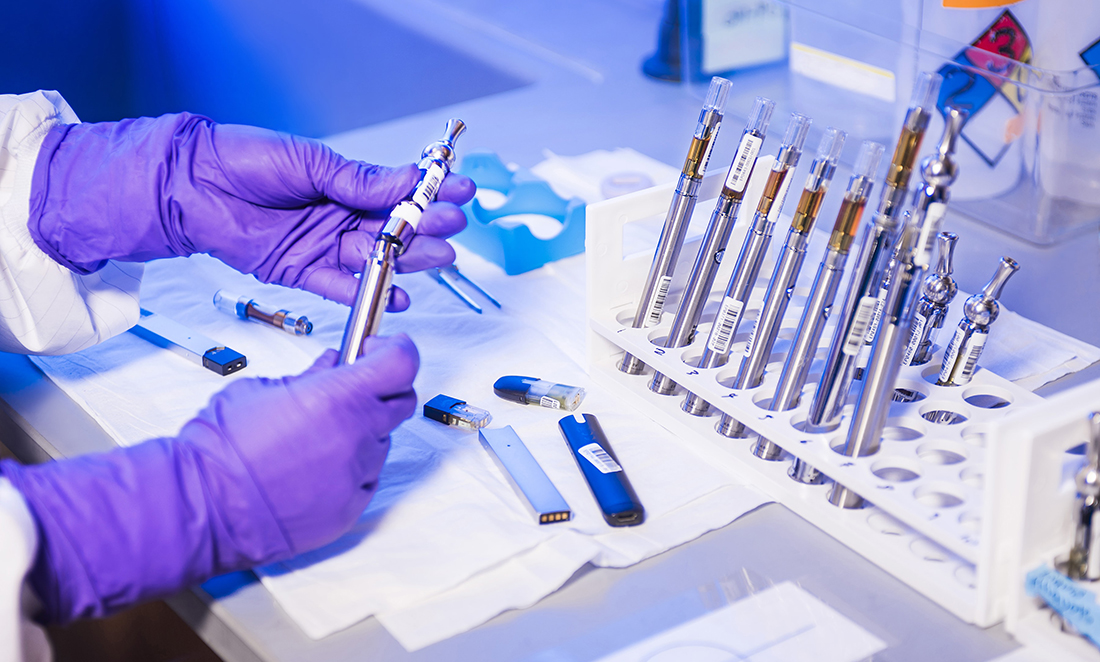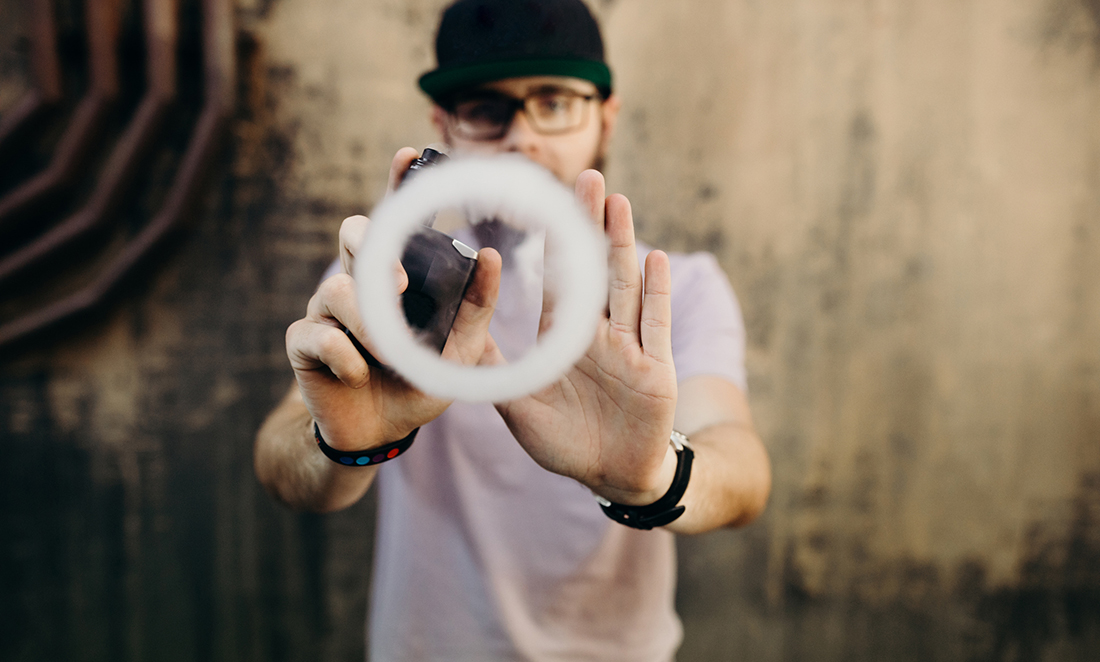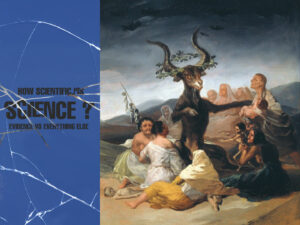Long gone are the days of hazy bars and smoking sections on airplanes. And while cigarette use in Australia has been in steady decline since 1994, the popularity of vaping is exploding, especially among young people.
Conventional cigarettes create smoke by burning tobacco. E-cigarettes create a vapour from nicotine-containing liquid, which is then inhaled.
A survey conducted in 2019 for the Australian Institute of Health and Welfare found that the use of e-cigarettes and other vaping products among young people aged 18–24 had quadrupled since 2016.
Kahlia McCausland is a Research Officer at the Collaboration for Evidence, Research and Impact in Public Health at Curtin University. She is doing her PhD on vaping.
She says that, as well as being much cheaper than cigarettes, the colourful vaping devices and sweet or fruity flavours are particularly attractive for young people.
A way to quit, or a way to start?
In America, the Food and Drug Administration (FDA) took vaping company Juul to task for making unauthorised claims that vaping is safer than smoking or even a way to quit.

Perhaps unsurprisingly, evidence suggests that vaping and the marketing around it is having the opposite effect.
“Disturbingly, of the students who use e-cigarettes, 48% report that they had not smoked a tobacco cigarette before their first e-cigarette,” says Kahlia.
“And 25% of students who vape before smoking report later trying tobacco cigarettes.”
Kahlia and her team also found that people trying to give up smoking were switching to vaping because “they believed vaping was significantly less detrimental to their health than tobacco smoking”.
Cloud chasers
But what may be surprising is that one of main appeals of vaping may actually be the subculture around it.

Looking specifically at Western Australia, Kahlia and her team calls these vapers “cloud chasers”.
“Cloud chasers connected with aspects of the vaper subculture. This included engaging in hobbyist activities like collecting mods and flavoured e-liquids, making their own e-liquids and accessories such as coils,” says Kahlia.
They also connect with other vapers through mediums like social media and local vape stores.
“A smaller number of cloud chasers were heavily invested in the vape trick culture, expressing interest in participating in local vape competitions and posting content on their social media pages.”
Is it safer?
So is vaping actually safer than smoking tobacco as vaping companies have claimed?
“There is evidence that suggests e-cigarettes are less harmful than combustible tobacco cigarettes. However, there is also evidence that e-cigarettes are not harmless and may deliver ultrafine particles into the lungs of users,” says Kahlia.
“Studies have found short-term acute health consequences associated with e-cigarette use such as nausea, vomiting, mouth and airway irritation, chest pain and palpitations.”
But the real challenge is time, she says. “As seen with tobacco, it took decades to determine the link between smoking and lung cancer.”

Just because it hasn’t been scientifically proven to be harmful is not the same thing as something being safe.









